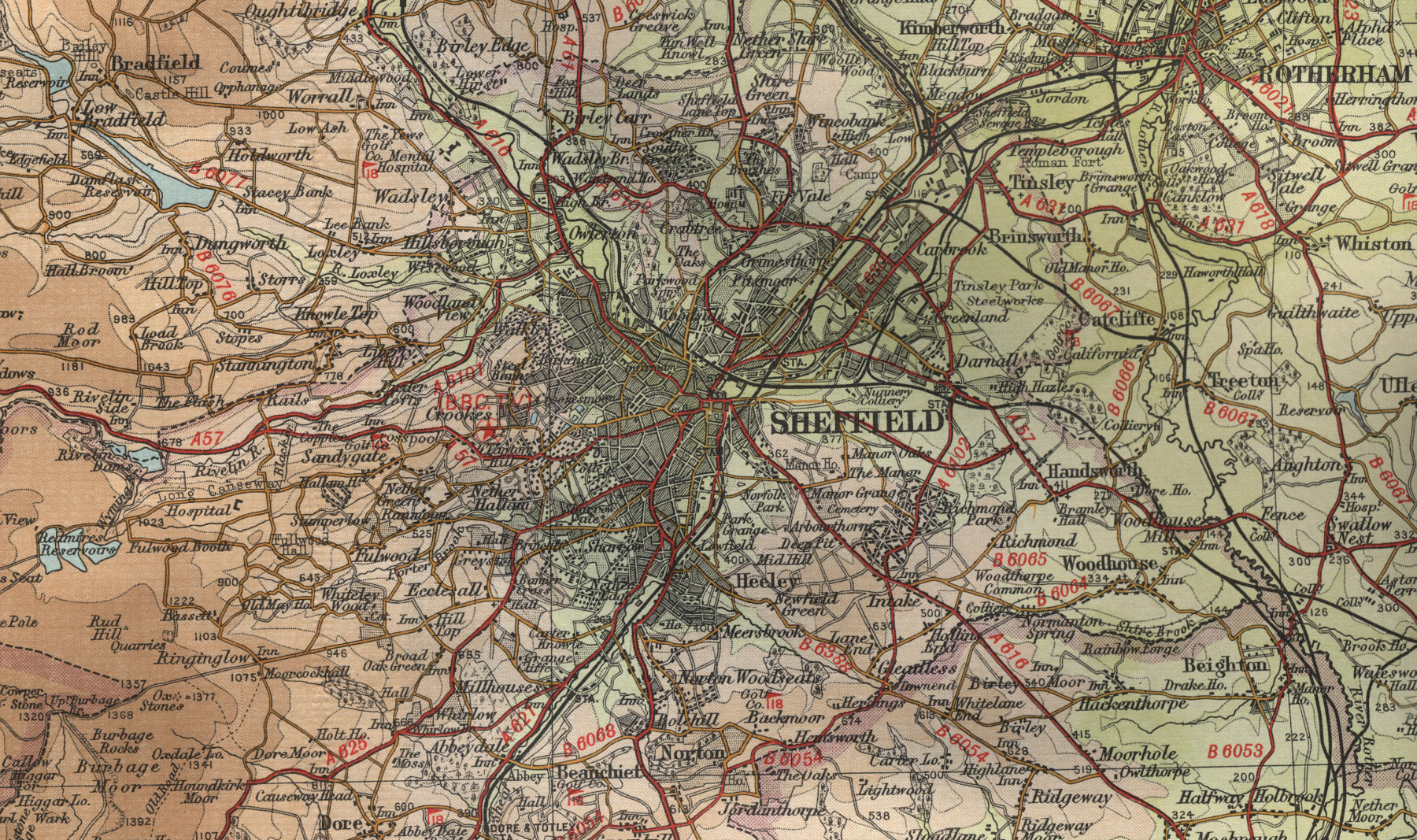-Think about the design of the installation
-Think about the risks involved.
-How will I get a hold of the light bulbs/ other materials?
-Be careful of time frame
-How can I relate the installation back to the idea of sustainability.
Before tackling any of the others, I wanted to confront the safety issues and the practicability of hollowing out the light bulbs. To do this, I went and bought a few light bulbs to try it with. I was also following the tutorial here.
I gathered the tools I needed (pliers, screwdriver) and put everything inside a box to catch the glass as it breaks and falls. I also have some gardening gloves to protect my hands from any shards.
...And here are the goggles I'm wearing to protect my eyes!
Initially the first steps of the hollowing was fairly easy, slightly fiddly but I imagine after doing it a few times I would get the hang of it. The challenge came when I had to break the glass to actually get the filament out.
In the light bulb I was using were the glass was, there was plastic. So, I tried it on another light bulb but the neck was too thin so the filament couldn't come out, which was disappointing. However, I now knew what size light bulb I needed and what to look out for when looking at the light bulbs I needed.
So, I got a larger light bulb and tried it again, finding it a lot easier. The whole process only took about 5 minutes and before I knew it I had a hollow light bulb!
On a side note, after taking out the filament there were still jagged edges on the inside rim of the light bulb so I took a rough nail file and sanded them down until they were smooth, thus making it safer for use.
Then, I filled the light bulb with water to wash out any remaining particles of glass.
Now that I know how to hollow out the light bulbs, I need to figure out how I am going to suspend them, and find a room to hold my installation.

























